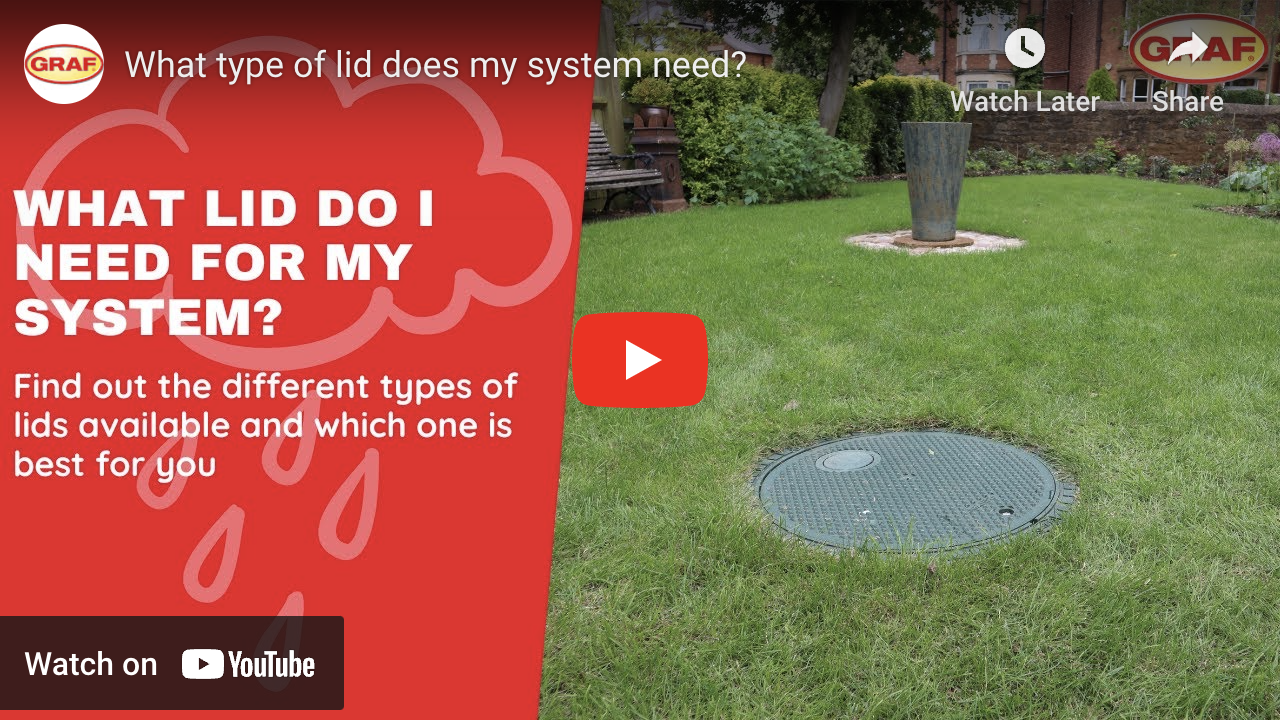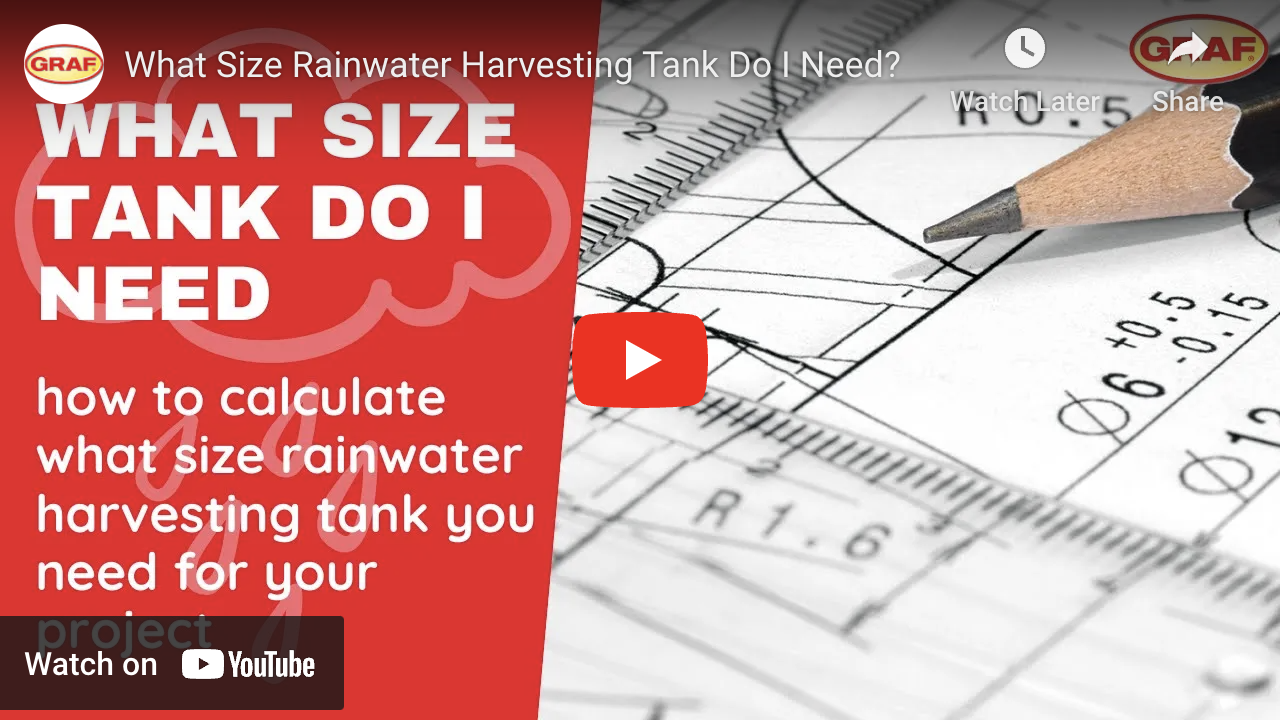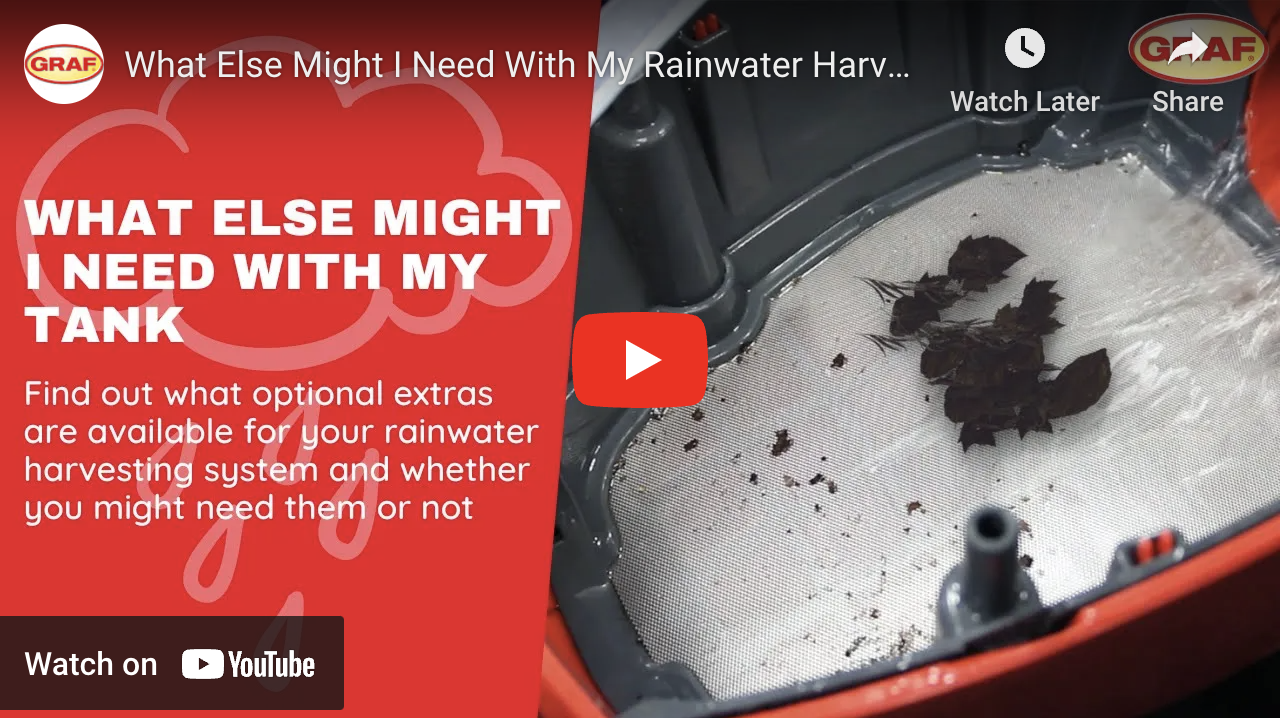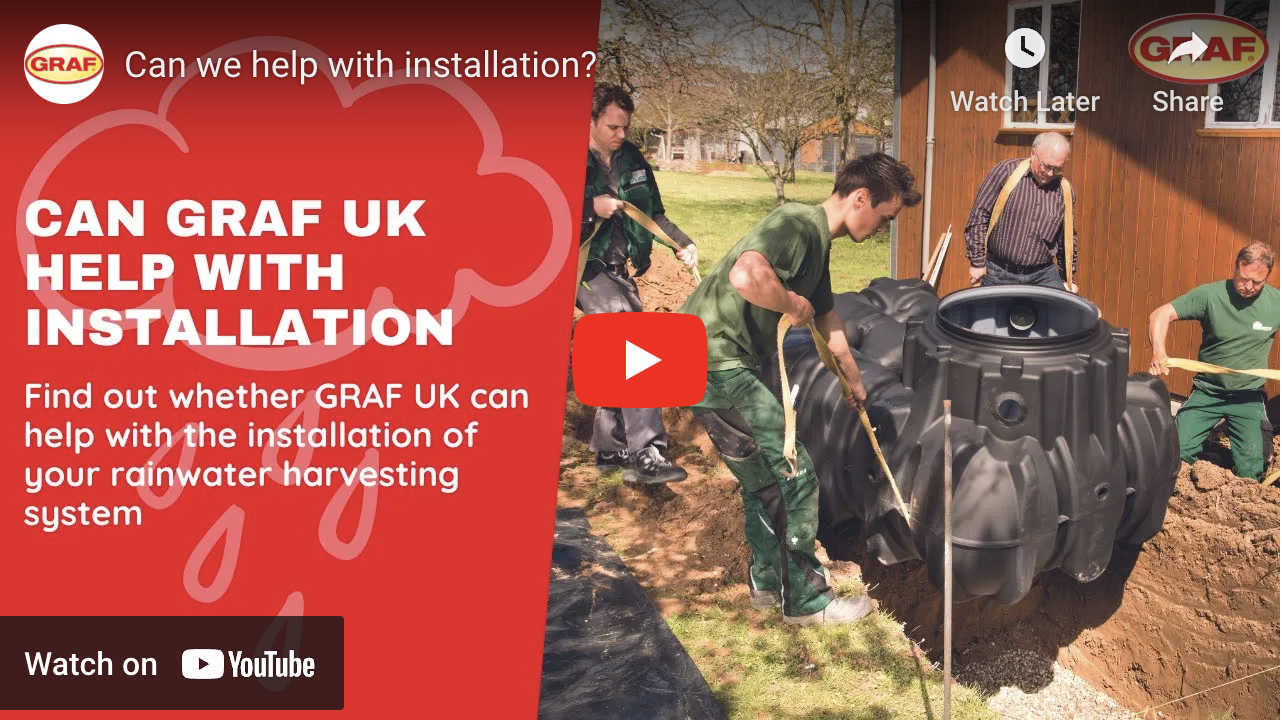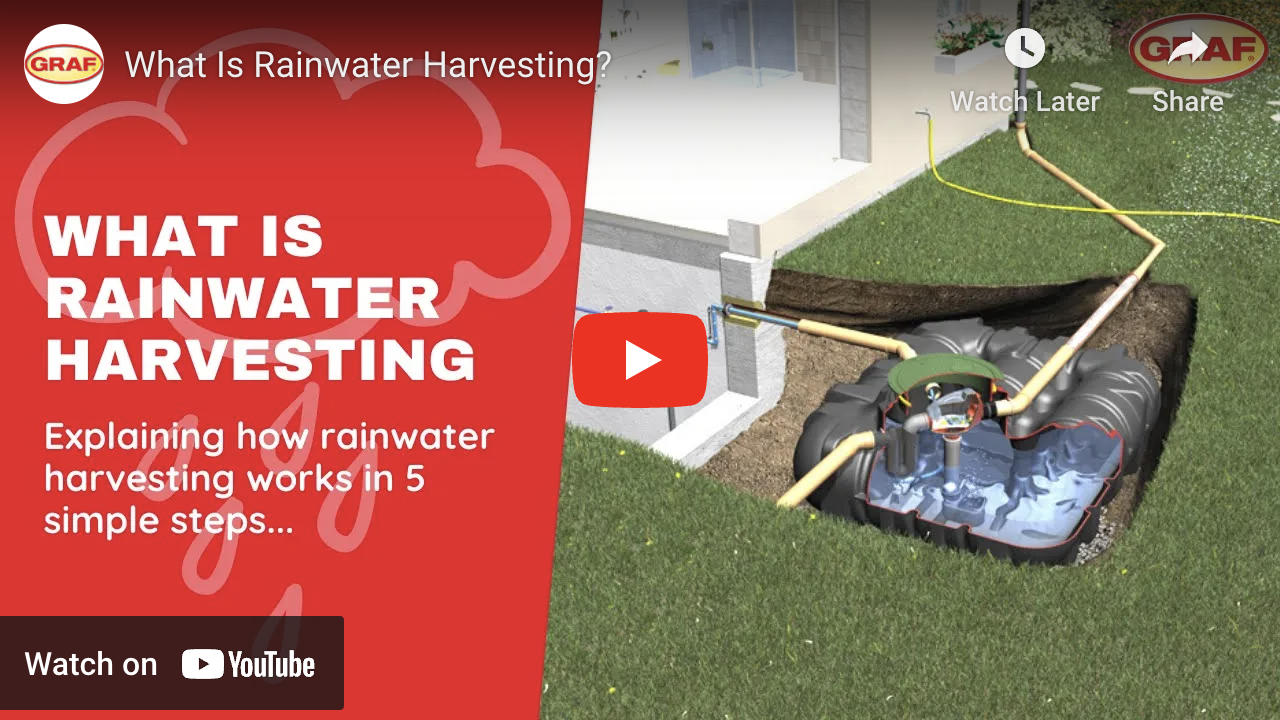How Do I Install My Overground Rainwater Tank?
Rainwater harvesting will save you money on your water bill and help reuse the water and reduce wastage. But how should you go about rainwater harvesting tank installation? We have previously discussed underground rainwater tanks and how to install them in your home, now we will help you install an overground rainwater tank.
Depending on whether you are installing an overground or underground rainwater tank, you will to prepare the base under the tank to support the designed load. Tanks installed above the ground are typically easier to install, without requiring any excavation. This can make them less expensive.
Above-ground Installation
With above-ground installation, the tank needs to be situated on a stable surface. This could be a concrete slab, or it could be a patch of lawn, depending on the volume of the tank. A downpipe filter will need to be connected to the sides of the tank to bring water in. The downpipe filter will act as an inflow and overflow measure when the tank becomes full, so this must be installed at the correct level.
Water can be extracted from the tank via an outlet point located at the base of the tank. You can use this water to water plants, wash your car, windows, and other outdoor uses.
In Summary:
- Install the tank and pump
- Create a hard-standing or concrete base for the tank
- Install connecting pipework
Throughout the work make sure that dirty water does not contaminate the clean water collected.
It is also best practice to ensure the water tank overflow is plumbed away from the water tank and base, ideally back to existing stormwater drainage, or if no such drainage exists, to a designated rubble pit –The overflow water must not be left to simply cascade down the side of the water tank to the base of the tank, where it will likely lead to erosion.
If your water tank is being sited next to the wall of a house, shed or other structure, it is highly recommended that an air gap of at least 50 mm is made available for airflow, in order to prevent condensation and build-up of moisture.
What Is the Best Base For An Above-ground Rainwater Tank?
“Crusher dust” is available from nursery suppliers and is a mix of small crushed rock and fines. When compacted it binds together tightly creating a strong, stable surface for placing your tank. The crusher dust must be boxed in with some sort of retaining structure (e.g. retaining beams, bricks) to prevent it from washing away over time.
Concrete is the best base for a tank because it’s solid and durable to withstand the weight of your tank full of water. It also has a cooling effect on your tank that will help with the summer heat.
Take care to avoid the following:
- Rocky and uneven ground with little preparation causes under-mining of the base of the tank and sharp objects can protrude through.
- Bricks or timber sleepers – these can move or erode over time.
- Corrugated iron decking should never be used as it is unstable and may stress the tank and cause the tank to fail.
Do I need to leave space around my tank base?
Yes, a larger base provides stronger foundations and reduces the risk of erosion and the foundation slipping. If your foundations are poor, then your tank warranty can be compromised and/or your tank ruined under the weight of a full tank of water.
Advantages Of Above-ground Rainwater Tanks
- Easy to install – basic DIY tools and know-how is all that’s needed for small tanks.
- Easy to maintain – being aboveground, the tank is accessible making it quick to troubleshoot and repair any problems.
- Cheaper than below-ground systems – both to purchase and install.
- Requires zero groundwork – assuming you have a flat, stable surface to place the tank on.
- Ideal for your garden – keep your plants watered even during hosepipe bans.
- See it add up – With an above-ground water tank you can see the rainwater falling and collecting in your tank.
Disadvantages Of above-ground Rainwater Tanks
- Exposure To Environment – Unless adequately protected, the water collected in these tanks can freeze during the winter and get very hot during the summer.
- Bacteria – If you don’t regularly clean out your water tank and insulate it to prevent the water temperature from increasing in warm weather, bacteria such as Legionella can grow to potentially harmful levels in the standing water.
There are clear pros and cons for both types of aboveground and belowground rainwater tanks, the choice that is right for your home comes down to three questions:
- What do I need the water for?
- Do I have space for an aboveground tank?
- Can I afford the cost and disruption of installing an underground tank?


